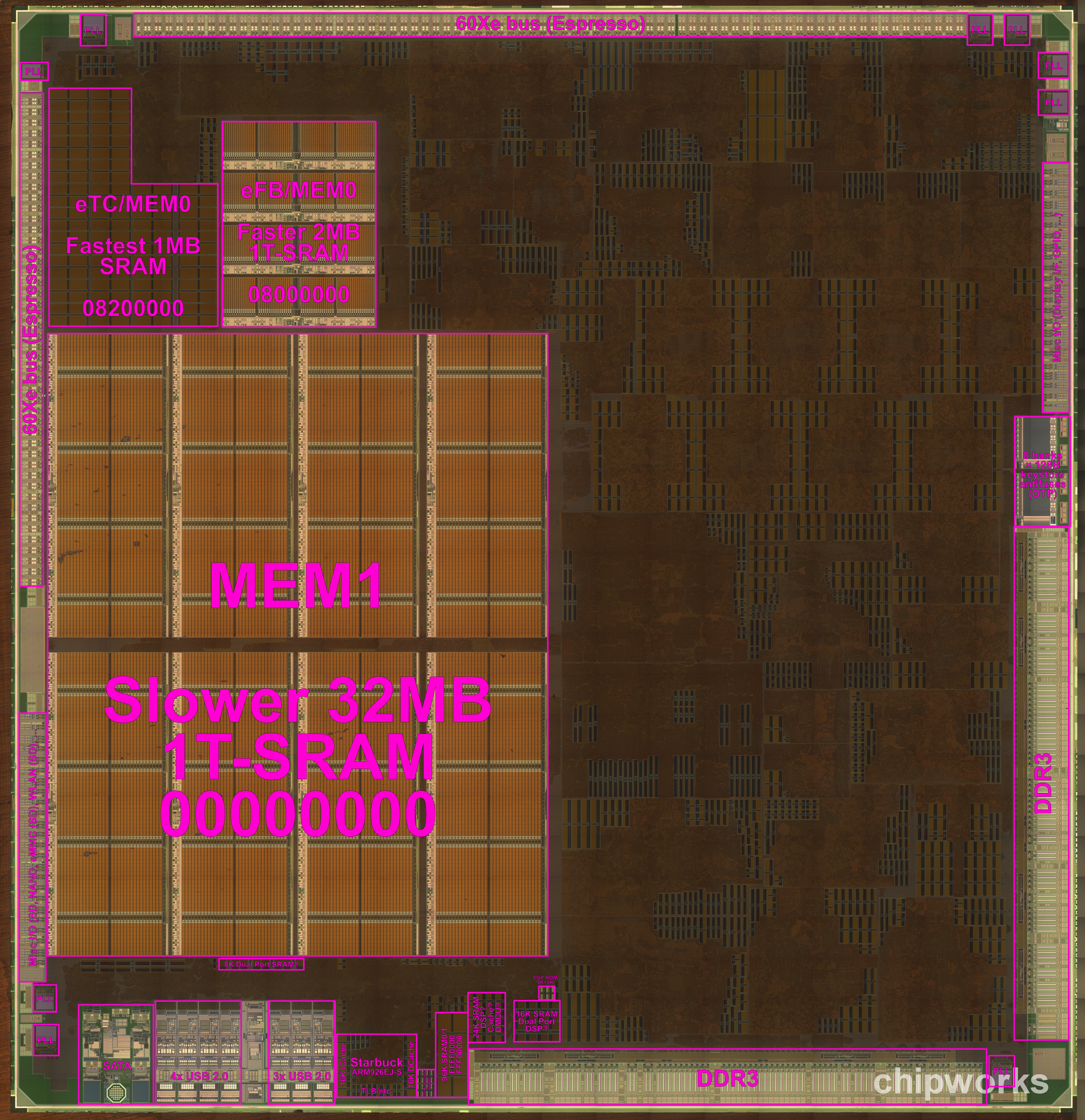Probably the wrong thread for this, but I read/post a lot of news. Does no one else remember prior to E3 last year the stories were that Nintendo underclocked the CPU in the dev kits and then later the rumours came out that Nintendo had underclocked the CPU to prevent it overheating in the small case? Google it if you don't remember.
The U runs almost cold after hours of play, maybe they've tested it and found it can handle more heat than they thought? The PSU being 75w and the system running on an almost constant 33w seems wiggy.
Criterion said :
"Wii U is a good piece of hardware, it punches above its weight. For the power consumption it delivers in terms of raw wattage it's pretty incredible. Getting to that though, actually being able to use the tools from Nintendo to leverage that, was easily the hardest part."
On the CPU they said:
"I think a lot of people have been premature about it in a lot of ways because while it is a lower clock-speed, it punches above its weight in a lot of other areas"
"So I think you've got one group of people who walked away, you've got some other people who just dived in and tried and thought, 'Ah... it's not kind of there,' but not many people have done what we've done, which is to sit down and look at where it's weaker and why, but also see where it's stronger and leverage that. It's a different kind of chip and it's not fair to look at its clock-speed and other consoles' clock-speed and compare them as numbers that are relevant. It's not a relevant comparison to make when you have processors that are so divergent. It's apples and oranges."


